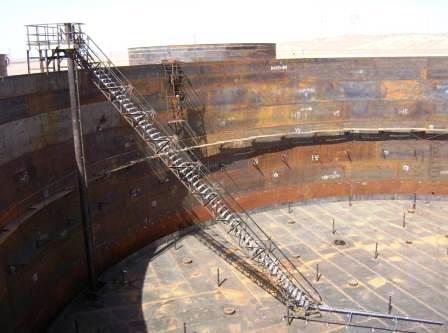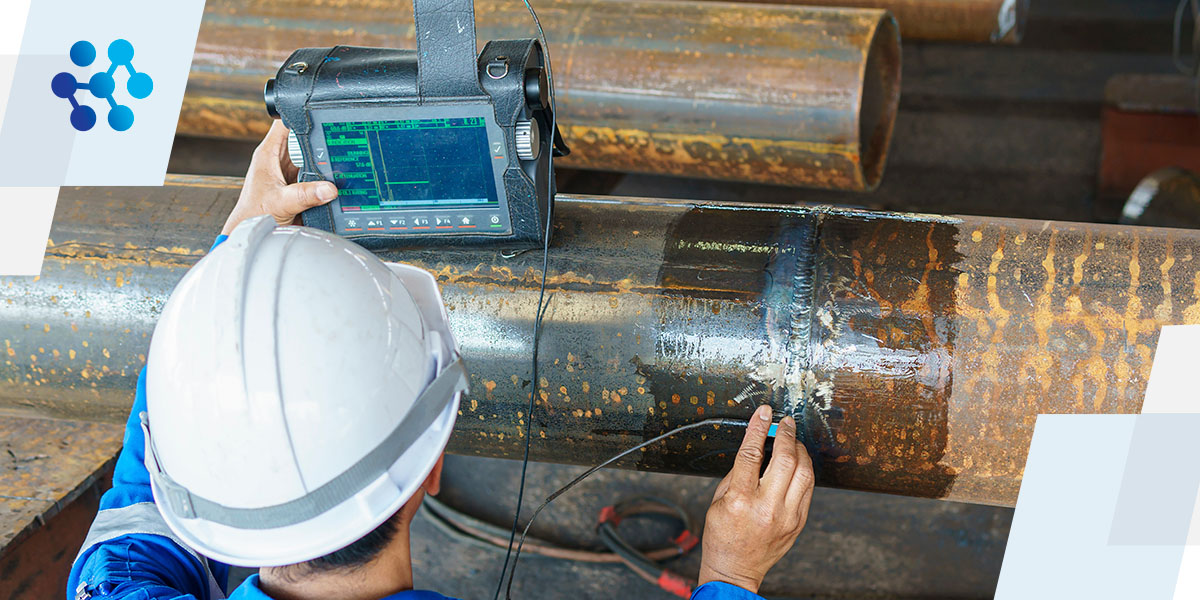An In-depth Overview of Tank Welding Examination Criteria and Methodologies for Improved Weld Top Quality and Efficiency
The importance of welding evaluation requirements in the manufacturing of storage tanks can not be overemphasized, as they function as the backbone for making sure weld integrity and operational dependability. Different evaluation strategies, consisting of aesthetic assessments and progressed non-destructive testing approaches, are important in determining possible problems that could endanger performance. Sticking to regulative standards not only improves weld top quality yet also mitigates the danger of expensive failings. As we explore the nuances of these approaches, it ends up being important to consider exactly how a systematic method can change current techniques and bring about significant renovations in end results.
Value of Welding Evaluation Standards

Welding inspection criteria include a variety of criteria, consisting of material requirements, welding procedures, and certifications of personnel entailed in the welding procedure. By applying these requirements, companies can systematically determine and rectify prospective issues, thus lowering the likelihood of pricey repair services or catastrophic failings. Moreover, rigorous assessment methods foster a society of liability and accuracy, encouraging welders to preserve high levels of craftsmanship.

Typical Welding Examination Techniques


Ultrasonic Examining (UT) is one more widespread method, utilizing high-frequency acoustic waves to identify inner problems that may not be noticeable externally. This technique is particularly efficient for determining voids or inclusions within the weld metal. Magnetic Particle Evaluating (MT) is also extensively utilized, especially for ferromagnetic products, as it exposes surface and near-surface issues with the application of magnetic fields and ferrous particles.
In Addition, Fluid Penetrant Testing (PT) finds surface-breaking issues by applying a penetrant to the weld and afterwards making use of a designer to draw out the penetrant. Each of these strategies contributes to a comprehensive examination method, guaranteeing that welds meet the rigid quality criteria needed in container building.
Regulatory Requirements and Compliance
Governing requirements and conformity are vital parts in ensuring the security and reliability of welded frameworks in tank building and construction - Tank Welding Inspection. These standards offer to establish minimum demands for product residential properties, welding procedures, and assessment techniques, thereby minimizing the threat of structural failings and boosting overall performance
Secret companies, such as the American Society of Mechanical Engineers (ASME) and the American Welding Culture (AWS), give standards that are widely adopted in the market. Conformity with these standards not only guarantees adherence to ideal techniques but likewise satisfies lawful and contractual responsibilities, securing the passions of stakeholders.
Governing bodies often mandate adherence to particular codes, such as ASME Code Area IX for welding credentials and API 650 for bonded tanks. These codes outline demands for welding methods, certifications of employees, and screening methods to confirm weld stability.
Routine audits and examinations are critical to maintaining compliance, as they help identify discrepancies from established standards. Non-compliance can result in significant penalties, project delays, and safety dangers. Therefore, a durable understanding of regulative requirements and a dedication to compliance are paramount in achieving top quality and resilient welded storage tank structures.
Non-Destructive Evaluating Techniques
How can the integrity of welded structures be ensured without creating damages? Non-destructive screening (NDT) approaches use a robust service, enabling inspectors to review weld top quality without jeopardizing the material - Tank Welding Inspection. Among one of the most typical NDT techniques are ultrasonic screening (UT), radiographic screening (RT), magnetic bit testing (MT), and dye you can try these out penetrant screening (PT)
Radiographic testing entails passing X-rays or gamma rays through the weld, developing images that expose structural flaws such as cracks or spaces. This method is vital for evaluating the honesty of complicated welds.
Magnetic fragment testing is matched for ferromagnetic products, where magnetic fields expose surface and near-surface interruptions. Dye penetrant testing makes use of a liquid color to highlight surface-breaking flaws, making it an efficient approach for non-porous materials.
Each of these NDT approaches has distinct advantages, enabling extensive evaluations customized to specific materials and welding procedures. By implementing these techniques, markets can make certain the reliability and security of bonded frameworks, ultimately improving total performance.
Enhancing Weld High Quality With Examination
Efficient assessment plays a critical role in improving weld navigate to this website high quality, acting as a vital checkpoint in the fabrication process. By determining prospective issues early, inspections reduce the danger of jeopardized architectural honesty and guarantee compliance with market requirements. Using a combination of aesthetic assessments, non-destructive screening (NDT) methods, and mechanical analyses, inspectors can spot problems such as porosity, cracks, and incomplete fusion.
Implementing a robust inspection protocol not just boosts the total top quality of welds but also cultivates a society of liability amongst welders and producers. Normal training and qualification of examination employees make sure that they are equipped with the necessary abilities to identify and attend to prospective problems effectively. This aggressive strategy lessens rework and connected expenses, ultimately adding to predict effectiveness.
Additionally, extensive documentation of inspection searchings for supplies important insights right into reoccuring concerns, helping with continuous renovation in welding methods. By leveraging sophisticated technologies, such as automated ultrasonic screening or digital radiography, weld quality can be improved through more exact assessments. In verdict, an extensive inspection procedure is essential in attaining top notch welds, guaranteeing safety and security, dependability, and longevity in storage tank fabrication.
Verdict
In final thought, the execution of extensive container welding evaluation standards and methods is essential for making sure weld integrity and performance. By using a mix of visual examinations, non-destructive testing techniques, and adherence to regulatory requirements, companies can effectively determine and mitigate prospective issues. Fostering a society of accountability among welders additionally boosts the quality of welding processes. Inevitably, these techniques contribute to decreased architectural failings, reduced page repair expenses, and enhanced functional efficiency within the industry.